The unique applications and results of combining creative design and science are multidirectional—a cultivated, experimental, and explorative symbiosis juxtaposing modern technological advancements with biological principles, to produce innovative solutions. Designers are becoming consistently inspired by the natural world, where millions of years of evolution have produced highly effective and sustainable systems. This interdisciplinary approach allows designers to create product designs that are functional and environmentally conscious. It provides solutions for effective energy utilisation, material design, and waste reduction, by examining complex biological systems.
London-based design studio Pearson Lloyd has utilised this innovative methodology for their new lighting design collection called Pupa, which resides at the nexus of the natural world and modern technology. Pupa employs renewable material resources such as wood and twine, as well as production methods such as 3D knitting and additive manufacturing.
By utilising natural, bio-based, and technological waste-capturing materials that can be recycled back into their respective cycles at the end of their useful lives, the lamp designs investigate and implement strategies of circular economy. The fabric employed for Pupa was designed in collaboration with 3D knit specialists Camira Group. It is made of 100 per cent post-consumer recycled polyester, including 75 per cent marine plastics derived SEAQUAL Yarn.
Commenting on the sculptural and functional characteristics of Pupa, the studio relays, “rapid prototyping within our iterative design process allowed the studio to test and refine Pupa within a matter of weeks. The result is somewhere between sculptural play and commercial function. The dissonance between these mindsets resulted in a new expression for the studio.”
By offsetting the direction of each rib through experimentation, the lighting designers have created ‘helical fabric planes’ for the Pupa lighting collection. These fabrics can be created in continuous helix forms, enabling the production of nearly circular, net-shaped fabrics while reducing waste significantly. The resulting 'fibre architecture' is non-crimp, implying that, unlike conventional fabrics, the various fibre directions do not interlace, which also means that the properties of the fibres can be more accurately translated into the composite structure. To enable big-volume production and low-cost advantages for the circular designs, the technology has been developed to be reasonably fast. In this way, the choice of fabric renders Pupa an efficient and sustainable product.
This design methodology of taking cues from nature's time-tested features becomes a potential route towards a more conscious and sustainable design landscape, which advocates a shift towards biomimetic and environmentally friendly alternatives. Pearson Lloyd reveals an optimistic outlook for products, as they delve deeper into the intricate patterns of the natural world for inspiration and design implementation. Pupa's current design investigates lighting functionalities, but the studio is working towards changes that may involve acoustic absorption in the future. The studio also claims to keep experimenting with the Pupa collection, to identify uses that show how biotechnical design can scale up for more applicable circular concepts.






 Sign in with email
Sign in with email


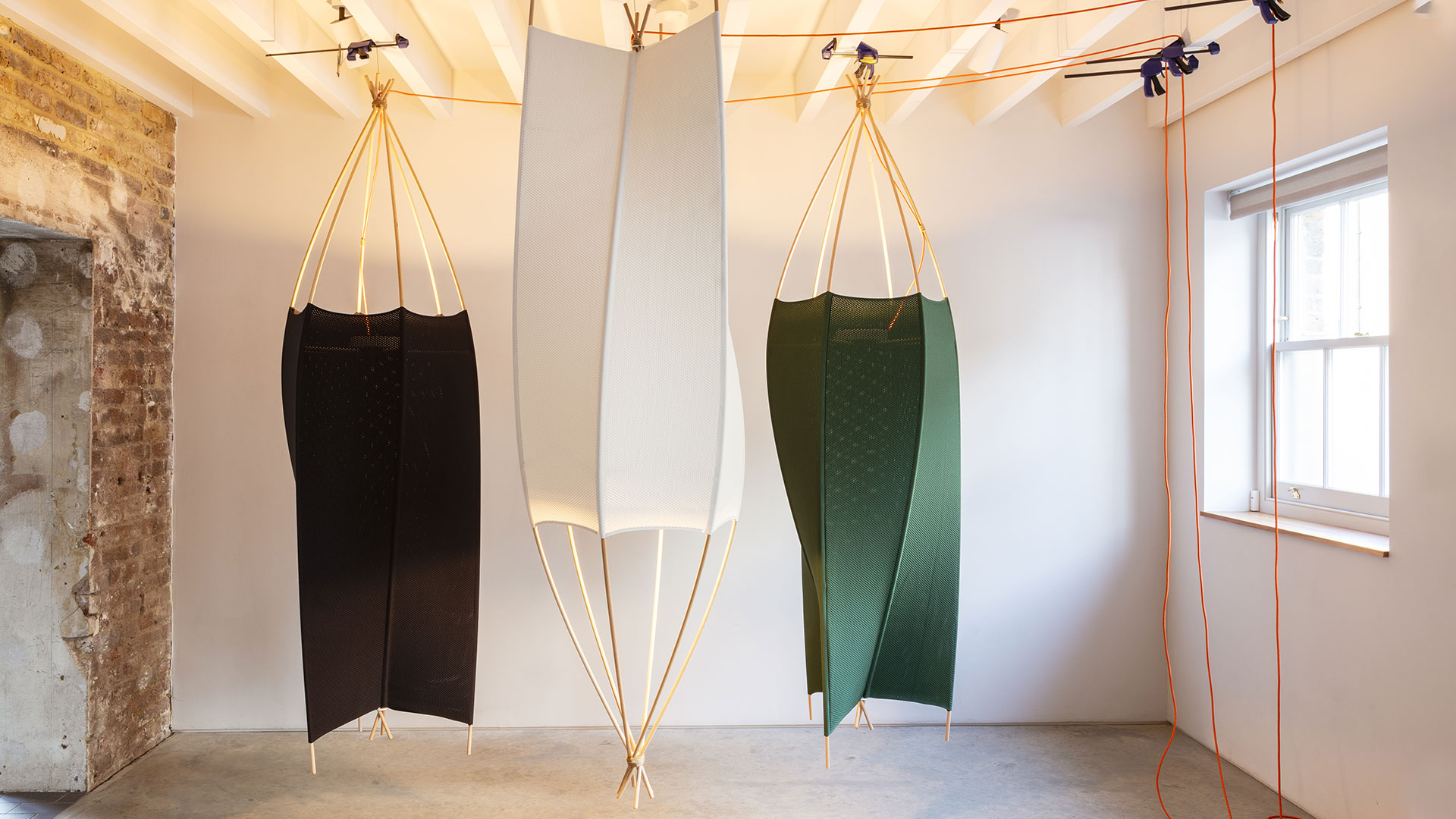
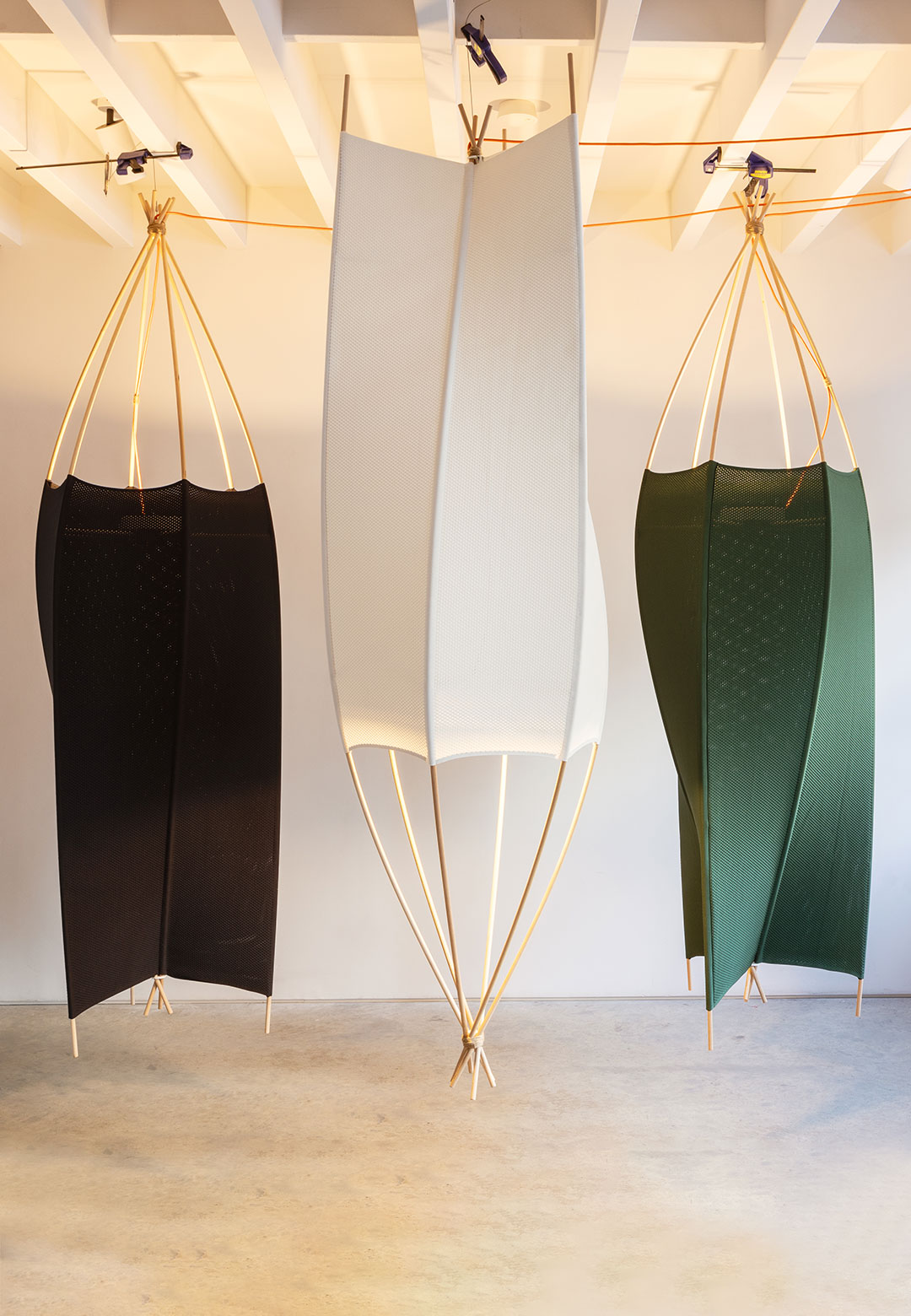
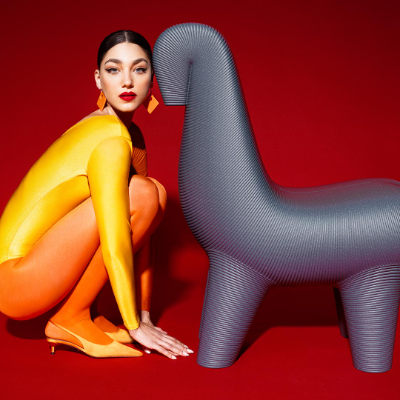
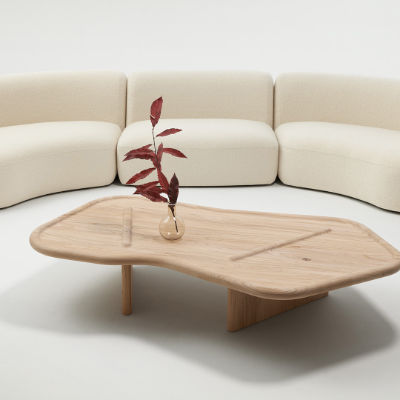
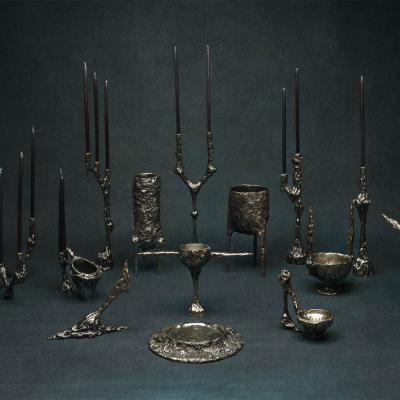
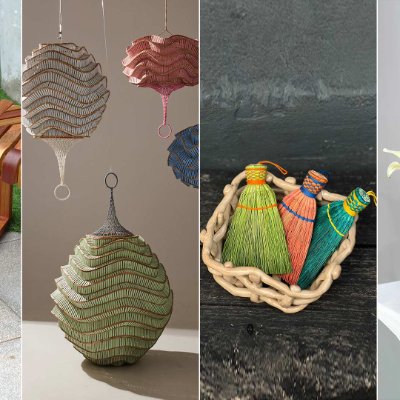
What do you think?